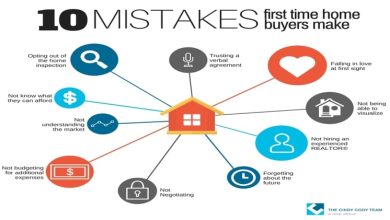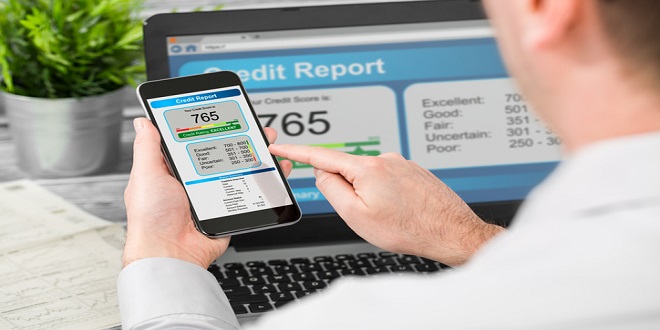Borrow Only What You Know You Can Repay

Borrow only what you know you can repay.
When I use the word “know,” I do not mean with absolute certainty beyond a reasonable doubt know. I mean to know as in having a reasonable certainty based on credible information. Another way to put it would be “borrow only what you have a reasonable certainty based upon credible information that you can repay,” which seems awkward. So let’s stick with “know” in this rule, knowing that we know what it means.
The Trouble with Debt
Debt is not ideal. It’s not a prize you get for having achieved a good credit rating. Debt is something to be tolerated in certain situations and only for defined periods of time under rigid guidelines. Dealing with debt is like owning a python. You have to know what you’re doing, always exercising a great deal of caution because if you slack off and lose control, and it could strangle you to death.
When you incur debt, you make a rather arrogant presumption on the future. In effect, you’re saying that you don’t have the money to buy that thing that you want now—this could be anything from a house to a pair of shoes—but you assume you will have the money in the future to make payments.
A Safety Net Reduces Trouble
While it is always better to not have debt, at times it is unavoidable. So just like living with a python, you become masterful at putting safety measures in place. The stronger your safety nets, the less likely it is that you will be harmed by the debt.
When I refer to “safety nets,” I mean the guidelines and precautionary measures. Those who throw caution to the wind, venturing into the world of consumer debt without safety nets in place (I include myself in those I am about to call foolish), have lots of scars to show for their foolishness. And it is not only the horrendous amounts of wasted money but also the myriad lost opportunities
Three Categories of Debt
All debt falls into one of three categories: reasonable, toxic, and neutral. Reasonable, or good debt, is the result of borrowing money to buy something that has a high likelihood of increasing in value, and in so doing will increase your net worth. Buying a home with a low-risk mortgage would be an example of reasonable debt because as the debt is repaid and the home appreciates in value, your net worth will increase proportionately. That is financially reasonable, without imposing an unreasonable financial risk for you, the borrower
Home Mortgage Debt
For a home mortgage to be a debt you know that you can repay, the principal owing should never be more than 80 percent of the home’s market value with a monthly payment that is no more than 25 percent of the borrower’s net income. Example: if the purchase price of the home is $250,000, you should borrow no more than $200,000 ($250,000 x 80% = $200,000). This creates a comfortable margin that will give you reasonable certainty that you can repay that loan either through the repayment schedule or by selling the property at market value and using the difference between the selling price (market value) and the balance to pay off the outstanding mortgage.
Home Equity Loans
A home equity loan, curiously known in the industry as HEL, is typically a second mortgage that allows the homeowner access to the equity (that margin between what is owed and what the property is worth). Equity is the borrower’s asset—and a precious asset at that.
Theoretically a HEL is a secured or safe debt because it is collateralized by the home’s market value. Upon the borrower’s desire to repay the debt, the home can be sold to satisfy both the first mortgage and the HEL, also known as a second mortgage. Please do not miss the operative word “theoretically.” A HEL can be very risky because it can so easily lead to toxic debt.
Student Debt
Student loan debt best falls into the “neutral” category, as we categorize debt. And it walks a very fine line. Unsecured student loan debt can easily tumble off into the pit of toxic debt.
You will recall that the total student loan debt outstanding in the US has grown to $850 billion, which exceeds the outstanding credit card debt, now standing at $828 billion. That’s huge and not a matter to be taken lightly. Untold millions of adults are drowning in student debt, which has become a worse problem for them than their credit card debt.
Last word
Make those who lend accomplices, and that is not the case. Borrowing money is not wrong, but it should be done advisedly and with tremendous caution. Debt of any kind should be seen as a short-term situation that always has an accompanying aggressive payment plan. Debt should never be seen as ideal, but rather as a reasonable means to an end. Being debt free is ideal, and the goal for which you should be reaching with all the determination and strength you have.




